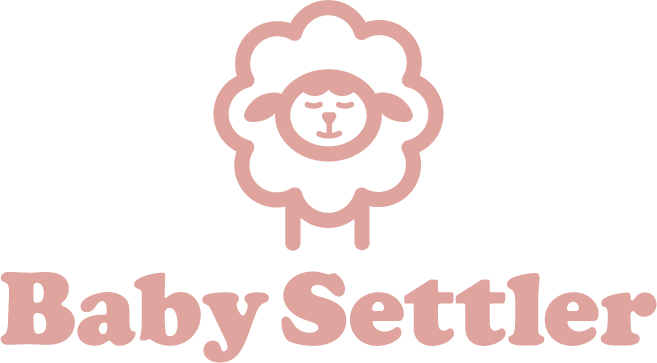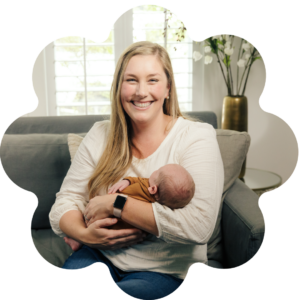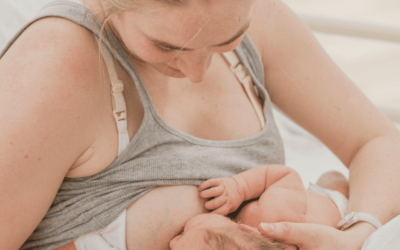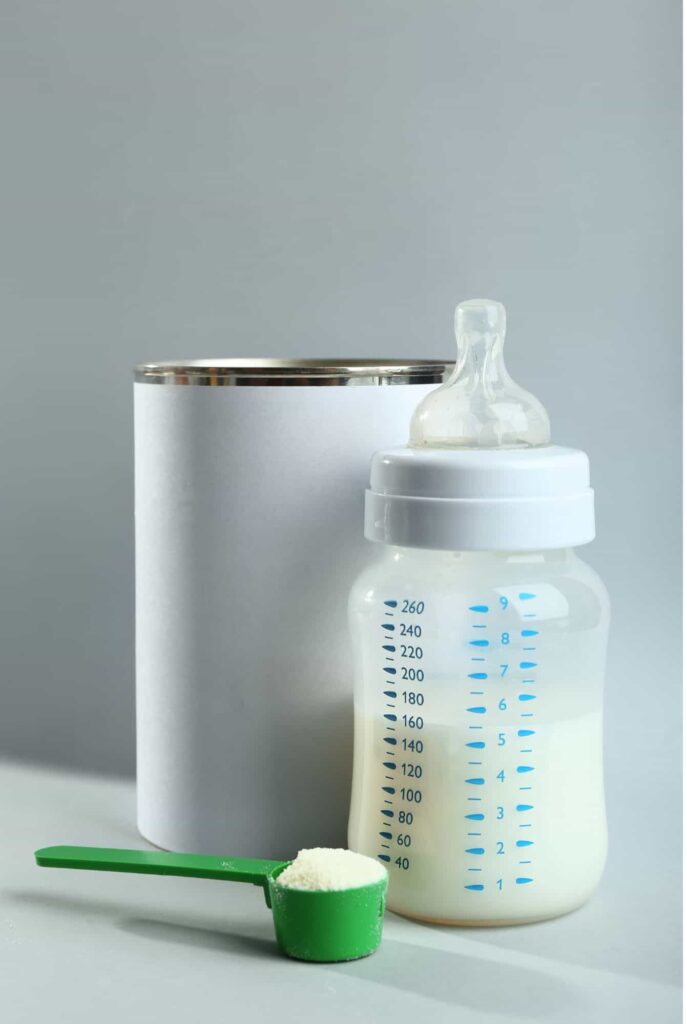
All mamas want the best for their babies, and often the most common feeding advice out there is that “breast is best”. While breast milk is incredibly nutritious, for many parents, exclusively breastfeeding just isn’t feasible. This is when having formula is an absolute gift. But, you don’t have to choose to either exclusively feed your baby breast milk or formula – you can mix the two.
What Is Combination Feeding?
Combination feeding (or mixed feeding) is when you give your baby both breast milk and formula. This can be on separate occasions, for example, giving your little one breast milk in the morning and formula in the afternoon, or you can mix them together in the same bottle (more on this below).
Feeding your baby a combination of breast milk and formula is beneficial for a number of reasons. One is that your baby still gets the nutritional benefits of your breast milk even though exclusively breastfeeding isn’t an option.
Combination feeding can also be the way to go if you’re not producing enough milk or are struggling to keep up with the feeding needs of multiple babies. If you’re going back to work and want to wean your baby off breastfeeding, combination feeding can be the best alternative.
Top Tip: Pace bottle feed your baby if you want to still go between the breast and the bottle. This technique is similar to breastfeeding as it allows your little one to control how much milk they take. I break down how to correctly pace feed here.
How Do You Combine Breast Milk And Formula In The Same Bottle?
Breast milk and formula can be combined in the same bottle. However, there are a few things to be aware of. If you don’t mix the two together correctly, you could give your baby the incorrect amount of nutrients which can negatively impact their health.
Breast Milk With Concentrated Liquid or Powdered Formula
First, read the package instructions of your formula and mix according to the directions separately from the breast milk. Usually, this entails combining sterile, safe water with the formula. Once the formula has been mixed, you can then add it to a bottle with breast milk. “Never add undiluted powdered infant formula or concentrated liquid formula directly into your breast milk, and never use your breast milk in place of water to mix concentrated or powdered infant formula,” explains Very Well Family.
Always use the correct amount of water when preparing the formula. Your little one’s kidneys are sensitive so they need enough water in order to process the formula. Using your breast milk to prepare the formula can make the combined liquid way too concentrated for your baby.
The same process should not be used with ready-to-feed formulas.
Breast Milk With Ready-To-Feed Formula
This type of formula is already diluted, so you can mix it straight with breast milk without incorporating water.
Always make sure the surface you’re preparing the bottle on, your gear, and your hands are all clean.
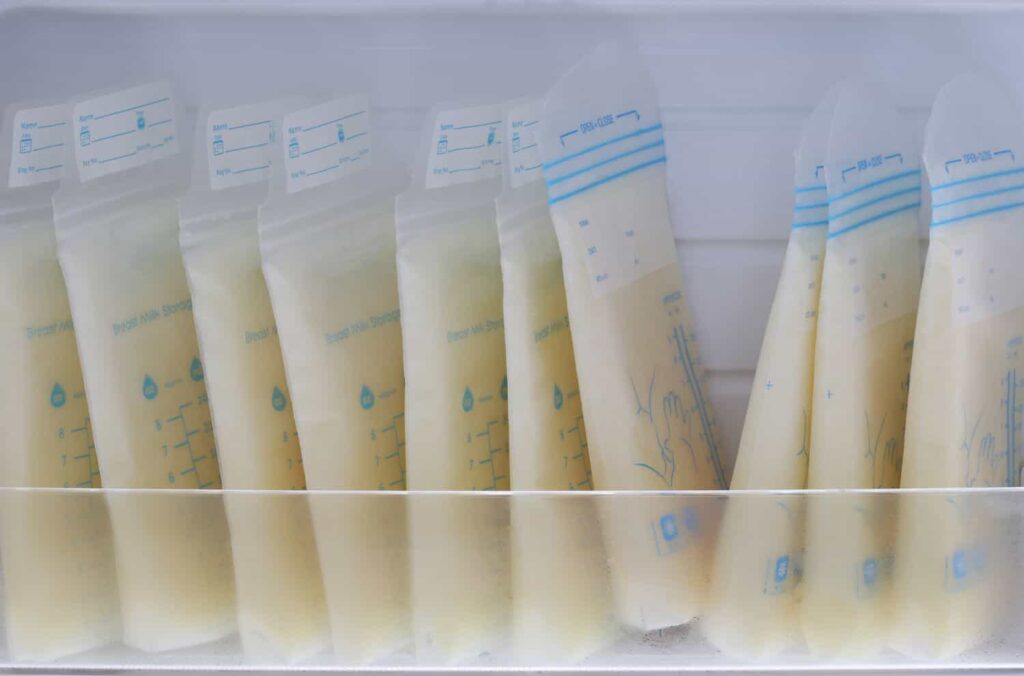
Are There Disadvantages To Combination Feeding?
Yes, there are some drawbacks to going the combination route, one being breast milk supply.
Breastfeeding works on a supply-and-demand basis. The more your breast milk is used, the more your body will make to keep up with the demand. So, if you lessen the amount of milk being expressed, your supply will decrease. You can avoid this by keeping up with pumping. Pump as often as you would breastfeed your baby and store your breast milk correctly. You can download my free pumping log and guide to freezing and storing breast milk here.
Secondly, combination feeding can be a problem when it comes to wasting breast milk.
Premade formula mixed with breast milk in a bottle needs to be discarded after 24 hours in the fridge. However, when it comes to the bottle at room temperature, “…a bottle of formula or breast milk mixed with formula should be discarded after one hour from the start of use,” explains Healthline.
So, if your baby doesn’t finish their bottle, you’ve got to throw the milk out within one hour – don’t keep it in the fridge longer as bacteria can take hold.
What To Look For In Formula
There are a ton of formula brands out there. It can be difficult to know which one is the right choice for your baby.
Milk-based formulas are often the right choice for healthy, full-term babies; there are soy-based formulas for lactose intolerant babies; and there is a range of speciality formulas for low-weight babies or babies with certain allergies.
While the FDA regulates commercial infant formulas to make sure they meet minimum nutritional and safety requirements, not all baby formulas are suited for all babies.
Some basics when it comes to formulas are to make sure the package you choose is for the age of your baby, that it hasn’t expired, and that it is properly sealed and isn’t damaged in any way.
Chat with your healthcare provider to see what they recommend for your little one.
We love Bobbie at Baby Settler.
Breastfeeding isn’t an all-or-nothing situation. If exclusive breastfeeding just isn’t for you, there are alternatives to consider, a great one being combination feeding.
Mama, we know that feeding your baby is one of the most intimate yet challenging parts of being a new mom. To navigate this, we offer consultations that will help you establish a routine so you can confidently navigate feedings and get more sleep. Book here.
